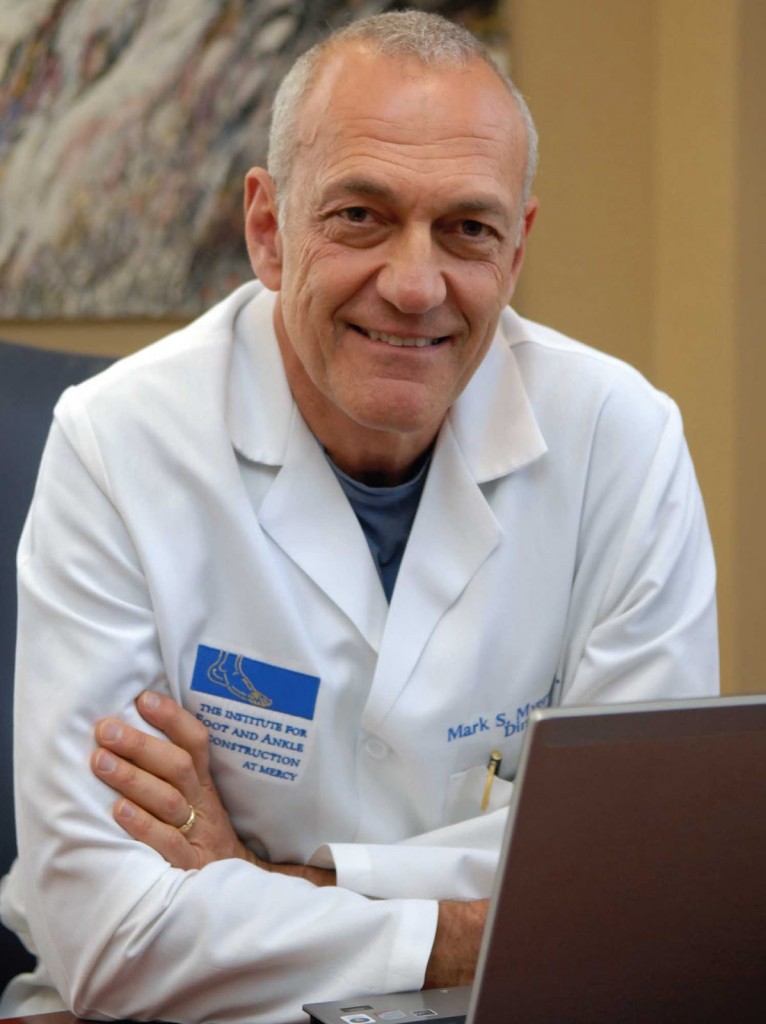The talus is the part ankle that allows the foot to move in all different directions. High impact injuries like falls, or traffic accidents can cause the talus bone to be fractured, and a high percentage of these injuries result in avascular necrosis (AVN)—the death of the bone. The internationally renowned orthopedic surgeon Dr. Mark Myerson, explains how a talus replacement, tailored to the patient’s specific dimensions, can result in a “life-changing experience” for the patient.
“The talus has limited blood circulation, and when it is fractured, that blood circulation is commonly lost. Over time the bone will crumble and collapse, like a squashed orange. You’re left with a flattened, painful and arthritic ankle. When you remove the dead bone from the ankle you are left with a massive hole. The treatment offered to patients to date has been to fuse the heel to the leg (the tibia) and these results are particularly poor. The patient is left with a stiff ankle without any movement at all. However, we have a new method of treatment which is truly unique,” Dr. Myerson said.
The patient’s healthy ankle is imaged by a CAT scan; then using computer engineering, the image is reversed and becomes a blueprint for creating the new 3D printed talus.
Several trial implants, made of plastic, are provided to be inserted to determine the best fit. “Once we decide on the one that fits, we then select the appropriate matched size to insert in to the patient,” Dr. Myerson said. The final prosthesis to be inserted is made of cobalt and chrome.
Patients who receive the 3D-printed talus replacement may regain up to 75 percent of normal ankle function.
“If you have a fusion, there is no movement. The talus replacement allows for the movement of both the ankle and subtalar joints which make moving the foot up and down and side to side possible. The talus replacement helps move these joints because it replaces both surfaces. The final result is truly unbelievable, the mobility it affords the patient, enhancing their quality of life. I’ve been practicing orthopedic surgery of the foot and ankle for 32 years and it is rare that something like this comes along that help patients in this way,” Dr. Myerson said.




